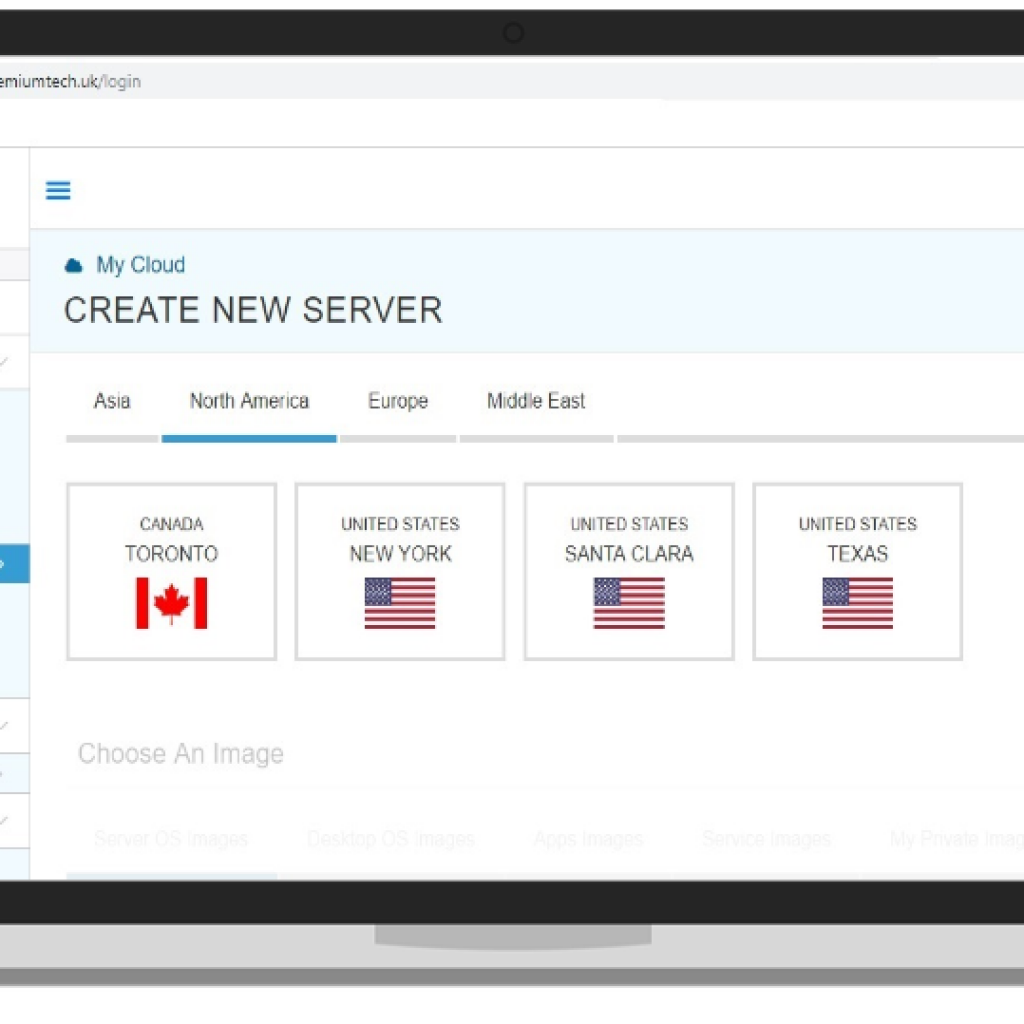

Note that building a Nextcloud server is a good exercise, even if you opt to take your cloud off-site in the end. Nextcloud offers an open source cloud with security and flexibility in mind. Taking the cloud back into your own environment is a way to reclaim security of your data at the expense of your time and energy. If the cloud application is compromised, your company's data may be compromised too. Doing things in the cloud can free up your own resources for other things, but there is a downside to this, and that is the loss of control of your company's data.

If you are in charge of a server environment for a large (or even a small) company, you may be tempted by cloud applications.
#Create a local cloud server install
Server running Rocky Linux (you can install Nextcloud on any Linux distribution, but this procedure will assume you're using Rocky).If you are using Rocky Linux 9.x, just be aware that this was tested in both 8.6 and 9.0, but written originally for 8.6.
#Create a local cloud server update
The difference is that you may need to change version references for some of the repositories to update those to version 9. This procedure should work for Rocky Linux 9.x.

NoSleep.sh - A simple Configuration Script Verifying DISA STIG Compliance with OpenSCAP - Part 2 Host-based Intrustion Detection System (HIDS)īash - Conditional structures if and case Installing And Configuring Repositories and Modules Building and Installing Custom Linux KernelsĪutomatic Template Creation - Packer - Ansible - VMware vSphere


 0 kommentar(er)
0 kommentar(er)
